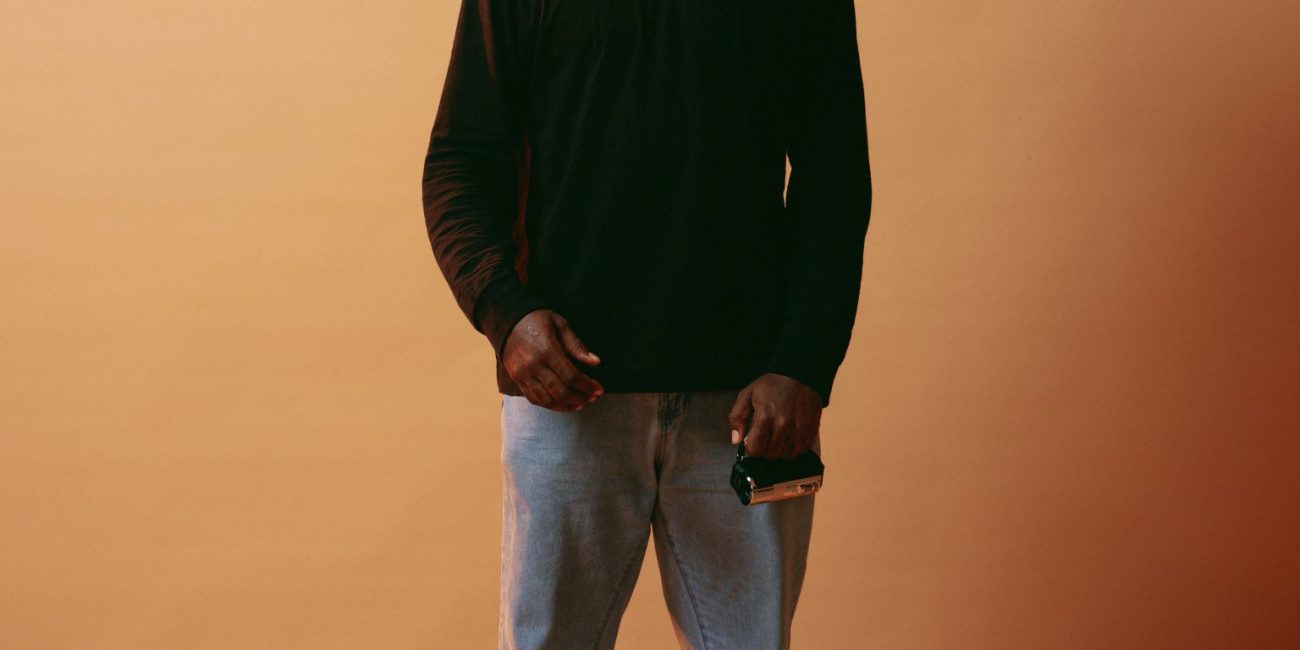
Daniel Edet ‘s Creative Prowess Is Unique Detailing And Aesthetic Curation.
Daniel Edet Christopher is known for his crisp, cinematic photography, each shot telling a story, capturing personality, and elevating the subject. Many of the people he has photographed have gone on to become high-profile figures, and his work plays a key role in shaping their visual narratives.
Radr Africa is committed to spotlighting creative excellence across diverse fields, and today, we present to you Daniel Edet, a creative visionary and photographer. In the middle of a busy shoot, he took time out for this interview, offering insights into his journey, creative process, and the impact of his work.
How did you get into photography?
This takes me back to a funny story. It all started because of a phone. I really liked the color and size of the phone I was using, a Samsung S4. Also, I loved how the colors popped, and I enjoyed experimenting with sliders to change the hue, making images more blue or brown. I was generally interested in colors.
Then, I moved into graphic design, Photoshop, and Illustrator. I used to take pictures with my phone, capturing my friends, the sky, trees, and random objects around me. One day, a friend introduced me to a blogger who needed a photographer. I joined their team, and that’s how I was introduced to using a DSLR camera for the first time. I think it was a Nikon. From there, the rest is history.
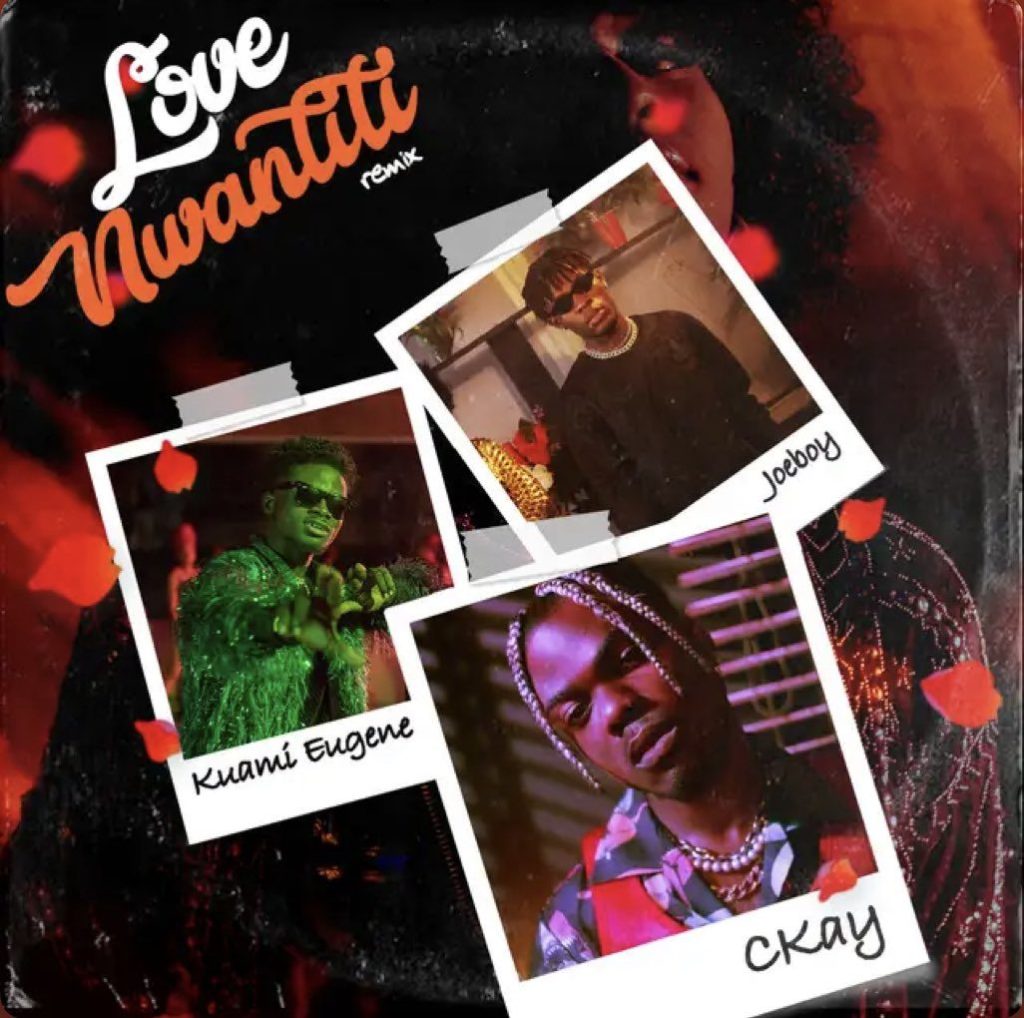
What are some of the most important projects you’ve worked on?
I’ve worked on quite a number of projects, photographing people across different industries, especially within the music space. One of the standout moments for me was capturing the cover art for Victony’s “Love Nwantiti” featuring Joeboy and Kuami Eugene. That image was something I didn’t expect.I took the pictures, and one of them ended up being the official cover. Personally, that moment stood out because the image traveled to so many regions I never imagined.
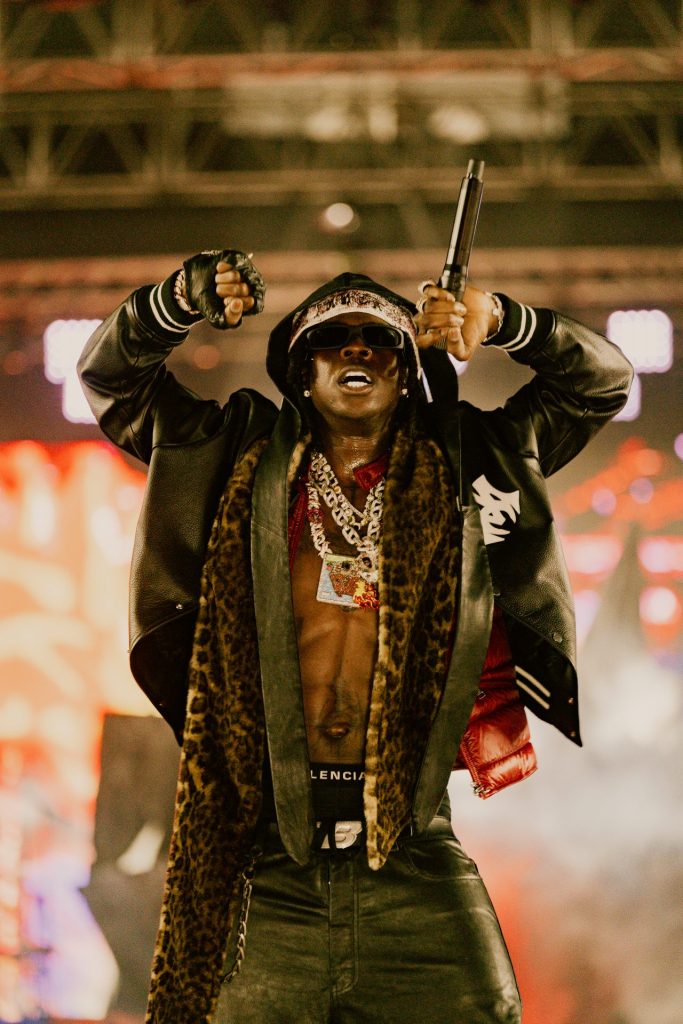
How did your collaboration with Mavin Records come about?
My collaboration with Mavin Records was a contract arrangement for a year. A friend, who had seen my work and was impressed, pitched me to the team. He asked me to send my portfolio, and when Mavin reviewed it, they loved my work. After an interview, I was brought on board.
Working at Mavin has taught me a lot, especially about collaboration and putting myself out there. I’ve learned the importance of taking initiative, getting ahead of tasks, and executing efficiently. Time and speed are major takeaways for me. It’s about how fast you can develop a mood board, conceptualize an idea, and execute it without compromising quality. One of the biggest lessons I’ve learned here is that if you can think it, you can definitely create and execute it.
What is your creative process?
My creative process is the same across the board, whether I’m working with high-profile clients or everyday people. It follows three steps: They are moodboard and the vision, the wardrobe and styling, and finally, the comfort of the clients I’m working with.
I start by asking if the client has a preferred mood board or if they’d like me to create one. I also ask about their vision. What do they want the images to convey? Even for simple headshots, I aim to incorporate a slice of their personality so the image isn’t stiff.
What you wear matters. Color contrast, outfit choices, and overall styling help tell the story. Every detail contributes to the final outcome. I ensure my subjects feel comfortable. Making them laugh, having conversations, and understanding their vibe helps me capture authentic emotions. It’s about making them feel at ease so their true personality shines through in the images.
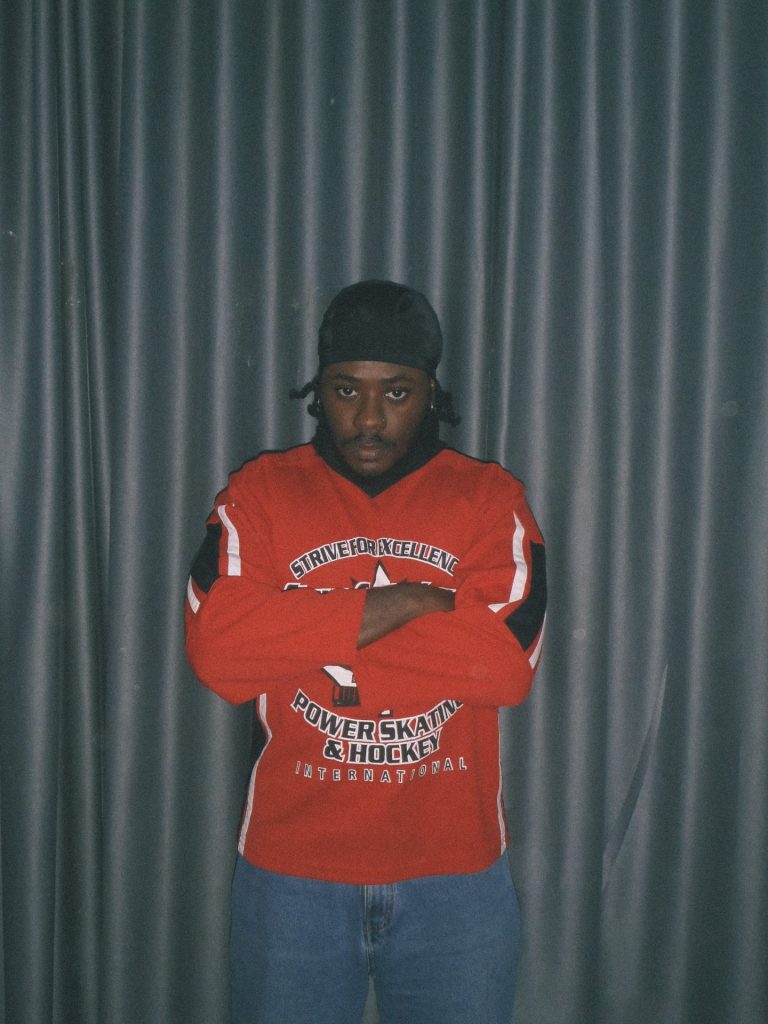
What are some challenges you face as a photographer?
I have quite a few challenges, but Set Design stands out. Creating a realistic and visually compelling set can be difficult. Many people have ambitious ideas of “a box that can fly,” but I like to build sets that feel authentic and relatable. Bringing these ideas to life requires a lot of vetting, discussions, and working with the right people. Also, this shines light on one of the biggest misconceptions is that photography is just about clicking a button.
In reality, it involves so much more: composition, posing, lighting, color contrast, and understanding how to separate subjects from the background to create depth. There’s a lot of technical skill involved, and many people don’t realize how much effort goes into it.
What’s your opinion on the trend of phone photography?
From personal experience, I appreciate young people who take the initiative to create with their phones. However, when a professional uses an iPhone 16 camera versus a beginner, the difference is as clear as night and day. Composition, lighting, and settings play a huge role in the final image.
Phone photography is great for capturing memories on the go, but when it comes to high-quality images that truly matter, professional gear makes a difference. That said, I love that photography is becoming more accessible. The rise of phone photographers shows that you don’t need an expensive camera to start telling visual stories. I struggled with that at the beginning of my career, so I respect those pushing creative boundaries with what they have.
How has your work influenced the visual representation of artists?
I believe I bring a unique aesthetic to my clients, whether in-studio, on tour, or on stage. My approach makes my subjects look distinct, capturing them in ways they might never have been seen before. Everyone in front of my camera becomes high-profile instantly.
More than just taking pictures, I tell stories through my images, ensuring each client looks and feels like a star. Consistency has been key in my journey, and I think that’s what makes my work stand out.
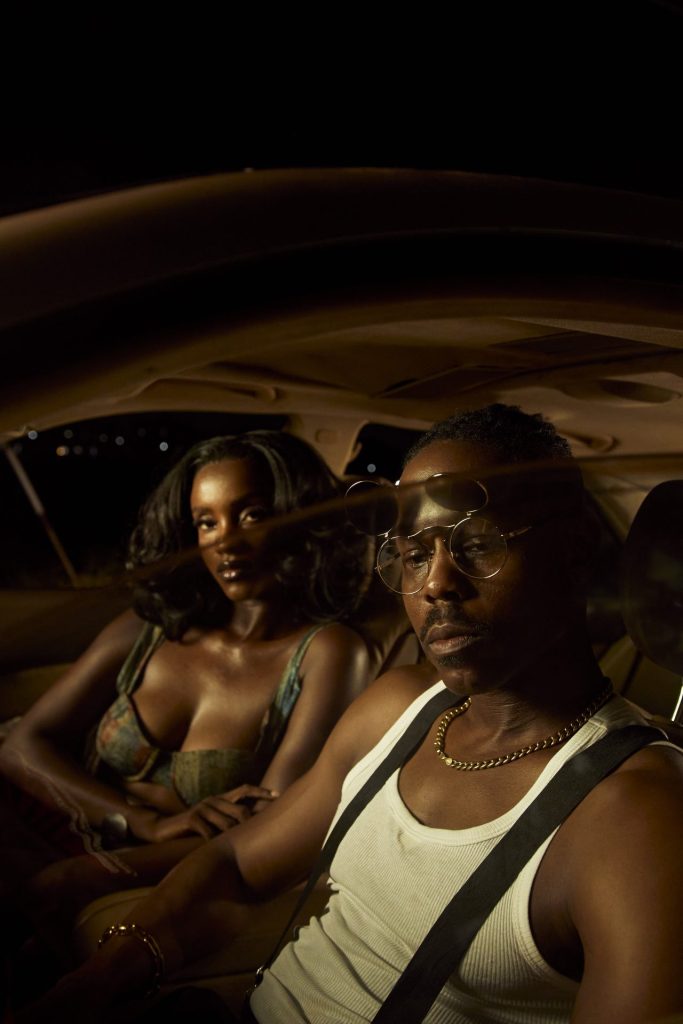
What advice would you give to aspiring photographers looking to make a mark?
First, ask yourself why you love photography. Your “why” will guide your creative path and help you carve out a unique style. Personally, I love music, portraiture, and capturing artists in their element. Which is on the move, interacting with fans. Those are the moments I live for, and because I genuinely enjoy them, it’s easy to create impactful images.
Second, just create. Regardless of the device you have, record and create. Your skills will develop over time through practice.
Are there any projects you’re currently working on?
I have two personal projects in the works, but I can’t share details on client projects just yet. I’m also considering a physical showcase this year, still working out the details.
Daniel Edet is passionate about storytelling through photography. Whether capturing rising stars or established icons, his work stands out for its unique detailing, intentionality, and artistic vision.